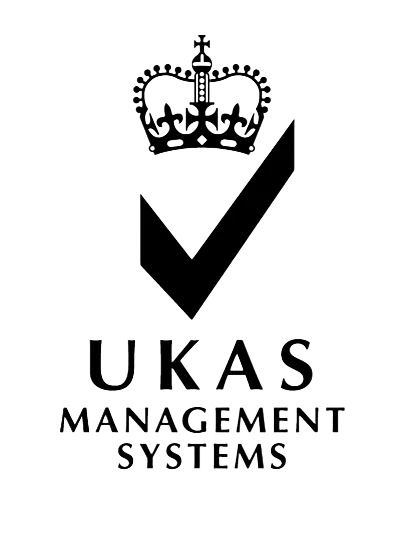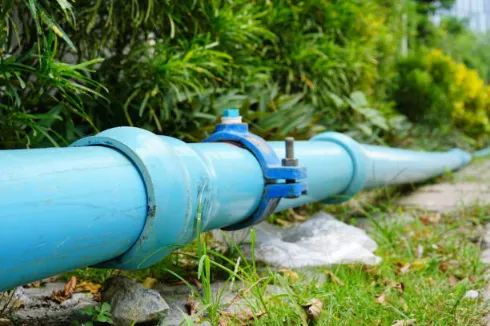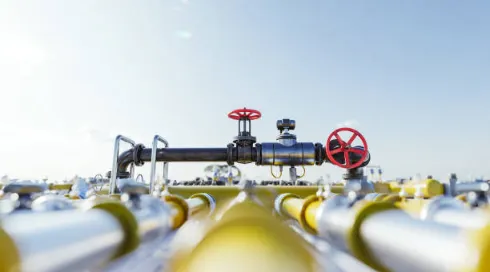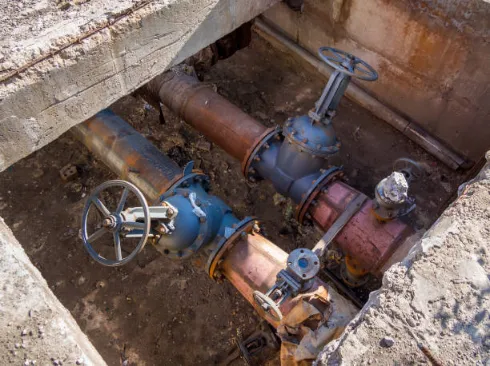
Introduction to Pipe Repair Clamps
O que é um grampo de reparo de tubos?
Pipe repair clamps patch up leaks without swapping out whole pipes. They wrap snugly around broken spots, sealing cracks or tiny holes. These handy tools work on all sorts of pipes, think industrial lines with chemicals or home water systems. When a pipe bursts, like in your drinking water line, clamps swoop in for a quick save. You’ll find them in factories, homes, or even garden irrigation setups. A clamp usually has a metal band, a rubber seal, and bolts to lock it tight.
Why Use Conflex Pipe Repair Clamps?
Conflex consertar grampos shine because they resist rust, handle tough pressure, and are easy to put on. Made by a company known for solid pipe joints, these clamps deliver a sturdy seal. They pass strict quality tests, so they’re reliable for both pros and weekend warriors. Picking a trusted brand like Conflex saves you from future headaches. Some folks skip brand research, but that’s a risky move.
Tools and Materials Needed for Installation
Required Tools
Grab some basic gear before you start. An adjustable wrench works for most bolts. A screwdriver helps with tricky bits. Keep a cleaning cloth or wire brush to scrub the pipe clean. A torque wrench is great for precision, but a regular one’s usually fine. Pipe cutters might come up if you need to trim, though that’s not common for clamps.
Safety Equipment
Safety stuff keeps you protected. Gloves guard your hands from sharp edges or chemicals. Safety glasses block flying bits. A pressure tester spots leaks without drama. Ear protection’s smart in loud spots, though not always needed. Some folks think this is extra, but cuts or splashes happen quick, so don’t skip it.
Choosing the Right Clamp
Pick a clamp that fits your pipe’s size, material, and pressure. Measure the pipe first, too big or too small won’t work. For metal pipes, go for clamps with tough rubber seals. Conflex has options for different sizes and high pressure jobs. Think about the leak, small holes or big cracks? Also, consider if the pipe faces water or chemicals. That stuff matters when choosing.
Step by Step Installation Process
Step 1 – Prepare the Damaged Pipe
First, turn off the water. Drain any leftover liquid. Clean the pipe well. Use a wire brush to scrape off rust, dirt, or old paint. Soap and water tackle grime; rinse and dry it good. A clean pipe helps the clamp stick tight. Don’t rush this part, skipping it messes up the seal. Old pipes can have stubborn gunk, so scrape a bit extra.
Step 2 – Position the Clamp
Open the clamp and set it over the leak. Place the rubber seal right on the damaged spot. Keep the metal band even around the pipe. Avoid twisting the seal. For curved pipes, adjust slowly. Check the position twice. Pros sometimes use tape to mark the spot. Get this right, or you’re asking for trouble.
Step 3 – Tighten the Bolts Evenly
Grab your wrench and tighten the bolts. Use a crisscross pattern, like on car tires. Tighten each bolt a little at a time. Don’t go too hard, you might crush the pipe or ruin the threads. Aim for snug, not super tight. If there’s lots of bolts, switch sides as you go. Listen for creaks; that’s a hint to stop. Even tightening keeps pressure steady and stops new leaks.
Step 4 – Test for Leaks
Turn the water back on, but go slow. Start with low pressure. Look for drips around the grampo. If you see any, tighten the bolts a tad more. Brush soapy water on the spot, bubbles mean a leak. Let it run a few minutes. If it’s dry, you’re good. Sometimes, test at full pressure to be sure. Don’t just assume it’s fine; water damage piles up fast.

Common Installation Mistakes to Avoid
Incorrect Clamp Size
Picking the wrong size is a rookie mistake. Too loose, it slides; too tight, it won’t fit. Always measure twice. A bad size means a failed fix and wasted hours.
Uneven Bolt Tightening
Tightening one side too much warps the clamp. That leaves gaps for water to sneak out. Stick to the crisscross trick every time. It’s an easy way to avoid hassle.
Not Cleaning the Pipe Surface Properly
Dirt or rust under the clamp kills the seal. Leaks keep going if the pipe ain’t clean. A quick wipe won’t cut it, scrub hard. Leftover junk acts like a wall against the clamp.
Ignoring Safety Precautions
Skipping gloves or glasses is asking for trouble. Sharp edges cut, and debris stings. Testing pressure without care can spray water everywhere. Safety’s not just a suggestion, it keeps the job smooth.
Maintenance and Long Term Tips
Periodic Inspection of Installed Clamps
Check your clamps every few months. Look for rusty bolts or worn seals. Tighten anything loose. In wet areas, check more often to catch issues early. Spot any weird colors? That’s a sign to act. Regular checks keep things working.
Replacing Worn Seals or Bolts
Seals wear out over time. Replace them if they’re cracked or hard. Bolts can rust; swap ‘em for stainless steel ones. Keep extras around. This trick keeps the clamp going without a full redo.
Ensuring Long Term Leak Prevention
Watch pipe pressure to avoid strain. Wrap pipes in cold weather to stop freezing. Clamps are great for quick fixes, but plan a permanent solution later. Add supports near the clamp to spread weight. These habits cut down on emergencies.
Conclusão
Installing pipe repair clamps right stops leaks fast and saves cash. Follow the steps carefully for a solid fix. Choosing trusted brands like Conflex means long lasting results. Keep up with pipe care to tackle problems with confidence.
FAQ
Q1: Can pipe repair clamps handle high pressure systems?
Yes, many clamps, like those for industrial use, take on high pressure. Check the clamp’s specs for your pipe. Test it now and then to be safe.
Q2: How long do pipe repair clamps last?
It depends on the material and setting, but good ones last years. Rust or tough conditions can shorten that. Check regularly to know when to replace.
Q3: Are pipe repair clamps suitable for all pipe materials?
Most work on metal, PVC, or copper. Some are made for specific types. Match the clamp to your pipe to avoid trouble.
Q4: What if the leak is too big for a clamp?
Big cracks might be too much for clamps. Call a pro or replace the pipe. Clamps are best for small holes or pinholes.
Q5: Do I need special tools for removal?
A wrench usually does it for loosening bolts. Clean the clamp after to reuse it. Don’t forget safety gear when taking it off.










